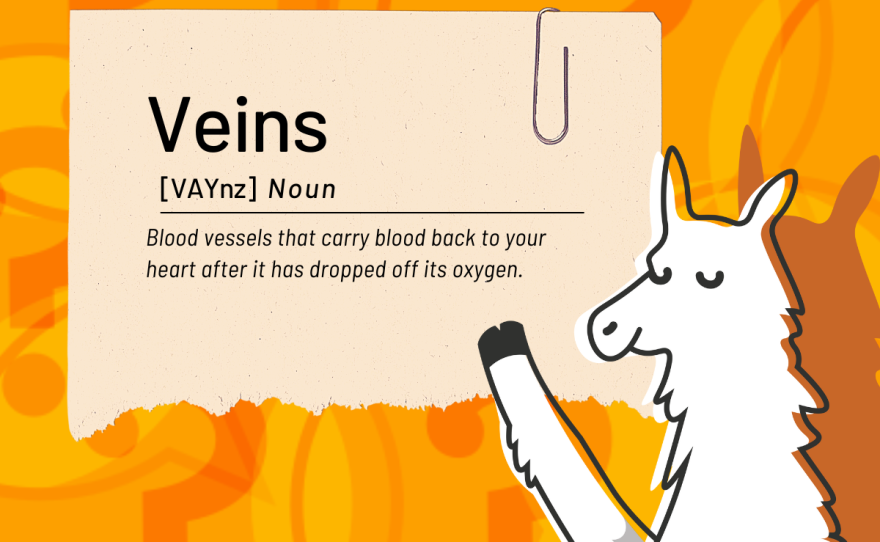Why do people have blood, what is it, and what does it do? How do our bodies make new blood? Is it red or blue? Why does blood taste like metal? And why do we have different blood types? Our listeners have a lot of questions about blood. We learn about blood with UVM Medical Center and Larner College of Medicine pathologist Dr. Sarah Harm.
Download our learning guides: PDF | Google Slide | Transcript
- Blood carries some main ingredients that all of the tissues in your body need to survive. Blood carries food, oxygen, things that will protect you from viruses and bacteria, and things that will help mend cuts and heal you. So blood takes all of those things and distributes it to everywhere your body needs.
- Blood has two parts: plasma (the liquid part) and cells.
- There are three types of cells: white blood cells, red blood cells and platelets. Red blood cells carry oxygen. White blood cells protect us from viruses and bacteria. Platelets are like little band-aids that help us heal.
- All blood is red. It can be bright red because of the oxygen in the blood. Your veins might look green or blue, but that color actually comes from looking at your veins through your skin. (Your blood is never actually blue or green or purple.)
- The iron in your blood is what makes it taste metallic. If you think blood tastes a bit salty, it’s probably because you’re often tasting the salt from your sweat at the same time. Your plasma carries a lot of vitamins and minerals, which can be a little bit salty.
- How much blood you have in your body depends on your size. A 50 lb kid has about 5 soda cans worth of blood in their body. A 150 lb adult would have the equivalent of 14 soda cans of blood.
- People have different blood types and scientists aren’t really sure why.
- There are 8 main blood types: A positive and A negative, B positive and B negative, AB positive and negative, and O positive and negative. The reason it’s important to know about these different groups is in case you ever need to get some extra blood, called a transfusion, because of an illness or injury. You would need to get blood from someone who has a compatible blood type, so your body doesn’t think the new blood is bad, and try to fight it off.














